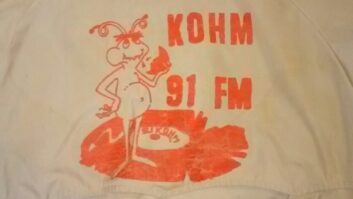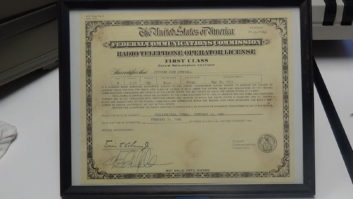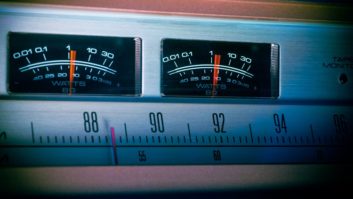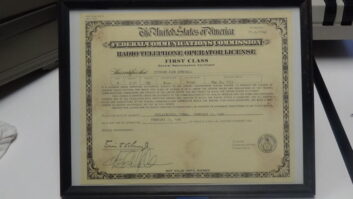Comment on this or any article. Email [email protected].
High-end optics
I enjoyed the earlier photo spread by Mike Pappas “The Nighttime Beckons” as well as Larry Langford’s tip about binoculars “To Inspect Your Tower, Why Not ‘Go Steady’?”
Mike and I share a passion for photography. He spared no expense to equip himself with the fine Nikon D850 DSLR camera. I stayed with the lower-cost, mostly hobby product line until now and was therefore able to hopscotch up to Nikon’s flagship Z9 mirrorless and shutterless camera!
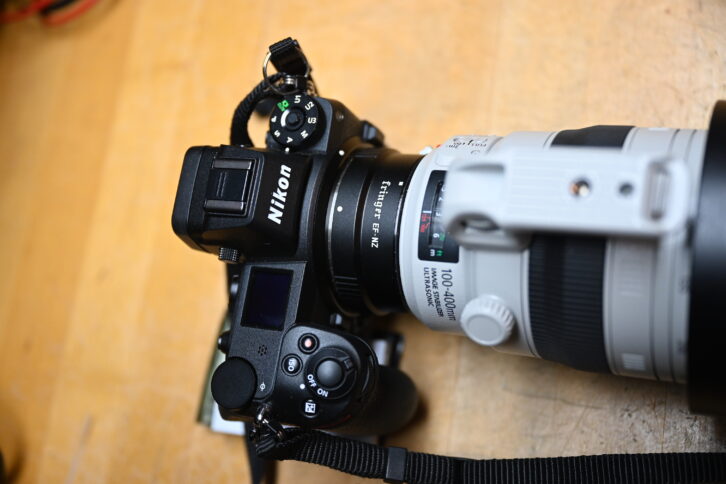
Along the way I acquired Canon’s best zoom super-telephoto lens, their EF 100-400mm f/4.5-5.6L IS II USM lens, which is less expensive than the new Nikon 100-400mm S series for Nikon’s mirrorless cameras. A Fringer EF-NZ adapter enables the Canon to work perfectly with Nikon Z cameras.
This brings me to the piece by Larry about using image stabilizer binoculars. Magnification of 18X is amazing but pricey. Well, if you already have cameras and lenses or know folks who do, you can make similar observations and capture them with full-resolution images at the same time.
If I do a 50% crop, my magnification is 16X.
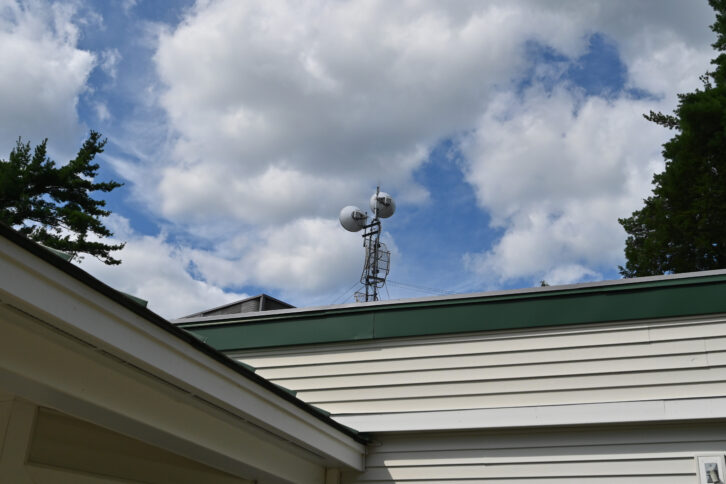
If I do a 100% crop, it’s 32X!
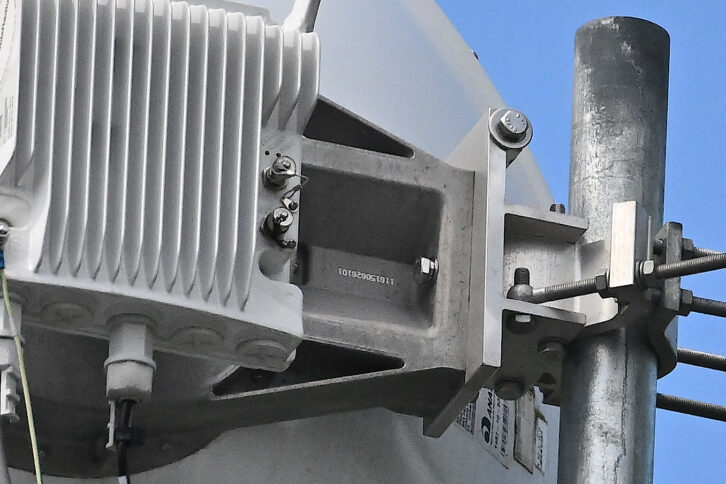
Attached is a photo of one of my Nikon Z series cameras and my Canon lens. And here are two photos I took of a 6 GHz tower-mounted STL radio/dish at my studio building in Keene, N.H. The first shows an unaided eye view at approximately 50 mm; the other is a closeup of the serial number on the dish mounting arm. This camera was handheld — no tripod!
— Ira Wilner, Broadcast Engineering and Technical Services, Putney, Vt.
Tell us about color temperature
To Karl Zuk, regarding his article “Lumos! Give Me Some Light!” in the Dec. 6 issue:
Long before the lightbulb ban, way back in the early transition days, I started buying incandescent light bulbs and managed to collect enough lamps for two lifetimes! I rather detested CFLs for their harsh light and RFI, plus they often melted down. These were just not for me.
I have to admit now that the new LED numbers are much better. Selecting one, however, can be a little challenging as there are too many choices.
Although I’m not a lighting engineer, color temperature has been important to me in my career as well as in my personal environment. I much prefer the warm soft glow of an incandescent lamp, even a halogen.
Before I retired almost a decade ago, I spent nearly 45 years of my life with ABC in Chicago in the television engineering department. My experience began with quad machines, image orthicons, vidicons and vacuum tube distribution amplifiers and ended in the era of thumb drives, cameras with factory pre-registered solid-state imaging blocks and high-density processors.
I don’t have any liking for the new stuff as there is nothing to tweak. Just point the camera at the white card and press a button. Color temperature? Who cares? It used to take a couple of hours to completely align a camera chain from scratch. I miss using my greenie!
All that said, a good article on how to choose the correct color temperature with the new LED lamps would be helpful. You could also compare the new lamps to the old incandescent ones.
If the article pitched color temperature as an important but often-overlooked factor in creating a pleasant and productive workplace, even a magazine like Radio World might publish it!
— Cliff Kotchka
[Check Out More Letters at Radio World’s Reader’s Forum Section]






